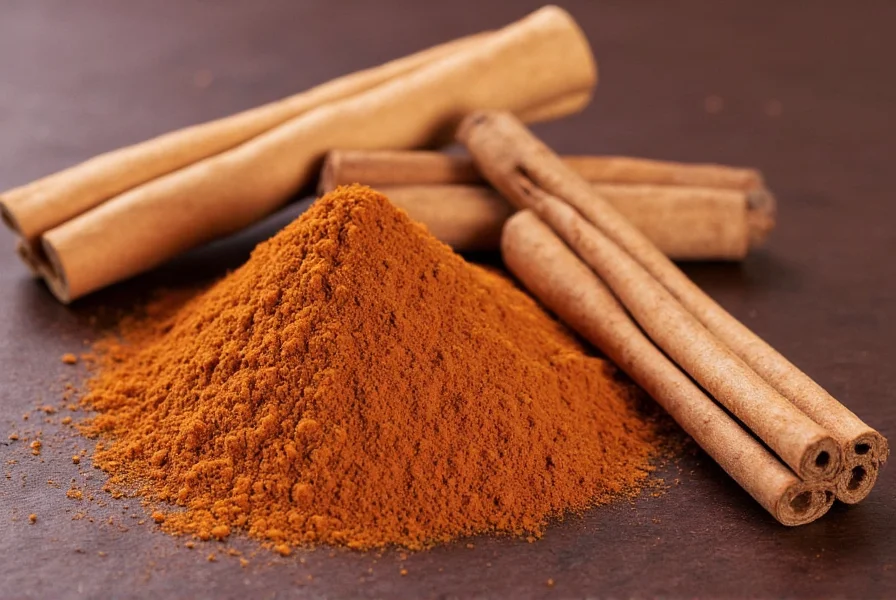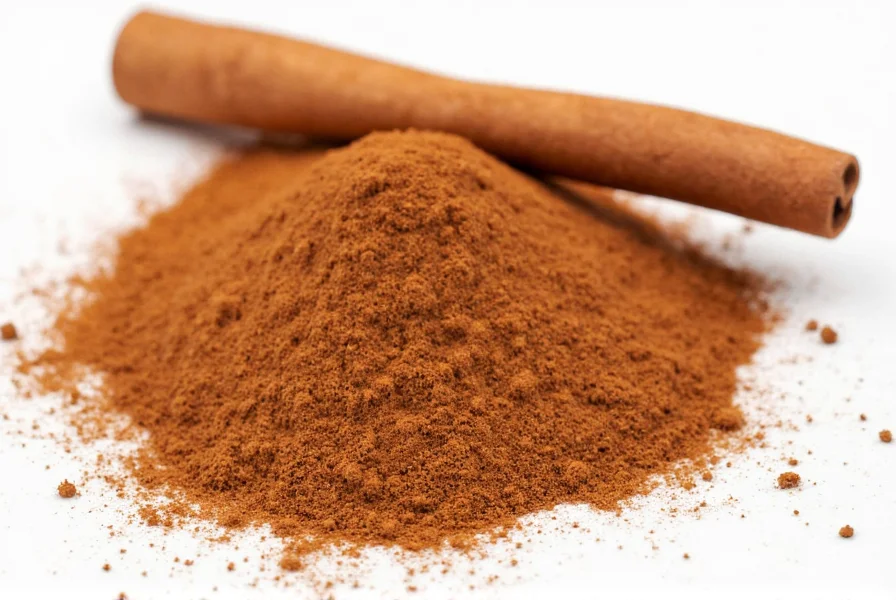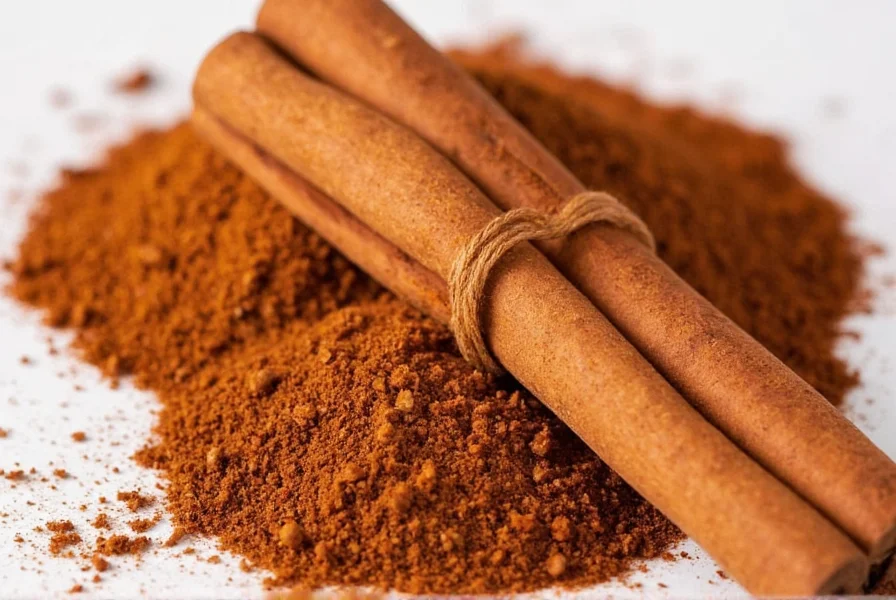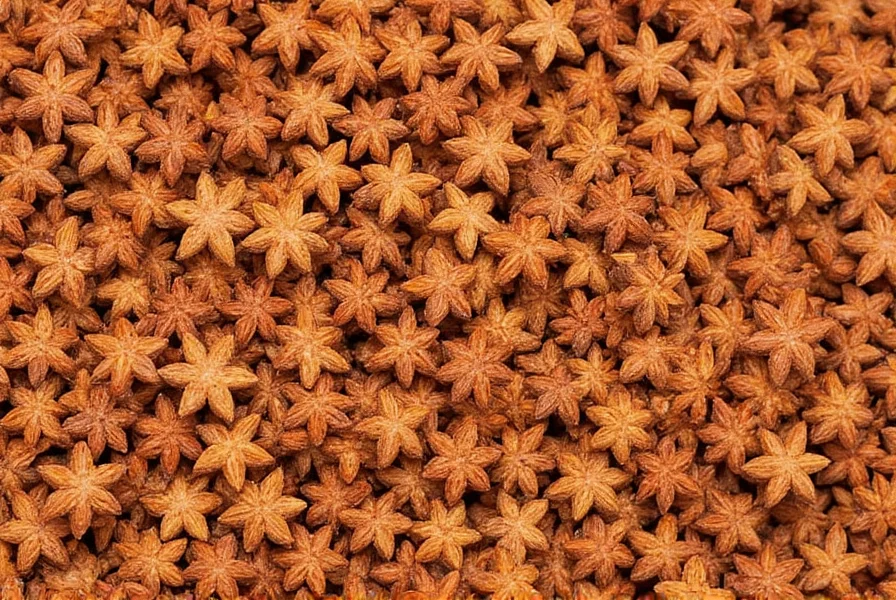Cassia Chinese cinnamon contains high levels of coumarin, a compound that can cause liver damage when consumed in excess. The European Food Safety Authority recommends limiting intake to 0.1 mg of coumarin per kg of body weight daily. Most grocery store "cinnamon" is actually Cassia, not the safer Ceylon variety. Here's what you need to know about safe usage, health benefits, and how to choose the right type for your needs.
| Key Safety Information | Details |
|---|---|
| Maximum Safe Daily Intake | 1 teaspoon (2.5g) of Cassia powder for most adults |
| Coumarin Content | 250-1,200 mg per kg (vs. Ceylon's 50-100 mg/kg) |
| At-Risk Groups | People with liver conditions, children, pregnant women |
| Safer Alternative | Ceylon cinnamon ("true cinnamon") for daily use |

Why Cassia Chinese Cinnamon Requires Caution
The main concern with Cassia cinnamon is its high coumarin content—a natural compound that gives Cassia its distinctive flavor but can cause liver toxicity in high doses. While occasional culinary use is safe, regular consumption of Cassia (especially in supplement form) poses health risks. Multiple studies, including research published in Food and Chemical Toxicology, confirm that prolonged high intake of coumarin can lead to liver damage.

Cassia vs. Ceylon: Critical Differences You Need to Know
| Characteristic | Cassia Chinese Cinnamon | Ceylon Cinnamon |
|---|---|---|
| Origin | China, Vietnam, Indonesia | Sri Lanka, India |
| Bark Structure | Single thick, hard quill (like a cigar) | Multiple thin, soft layers (like newspaper roll) |
| Coumarin Level | 250-1,200 mg/kg (high risk) | 50-100 mg/kg (low risk) |
| Flavor Profile | Strong, spicy, slightly bitter | Mild, sweet, citrusy |
| Price Comparison | $2-5 per ounce | $10-20 per ounce |
Safe Usage Guidelines by Purpose
- Daily consumption: Limit to 1/2 teaspoon maximum; consider switching to Ceylon for regular use
- Diabetes management: Consult your physician before using cinnamon supplements; Cassia may interact with medications
- Children's consumption: Avoid giving Cassia to children regularly; their smaller body mass increases risk
- Pregnancy: Limit to occasional culinary use only; high doses may stimulate uterine contractions
How to Identify Authentic Cassia Products
Most "cinnamon" sold in supermarkets is actually Cassia. Look for these identifiers:
- Thick, hard, single-piece quills (Ceylon has multiple thin layers)
- Darker reddish-brown color (Ceylon is lighter tan)
- Strong, slightly bitter aroma (Ceylon is sweeter and more delicate)
- Labeling that says "Cassia" or simply "Cinnamon" (true Ceylon will specify)

Evidence-Based Health Benefits of Cassia
While safety is paramount, Cassia does offer potential benefits when used appropriately:
- Blood sugar regulation: A 2013 meta-analysis in the Journal of Medicinal Food found Cassia may improve insulin sensitivity in type 2 diabetes patients
- Antioxidant properties: Contains polyphenols that combat oxidative stress, according to research in Oxidative Medicine and Cellular Longevity
- Anti-inflammatory effects: May reduce inflammatory markers, though most studies use concentrated extracts rather than culinary amounts
Important: These benefits should not replace medical treatment. The National Center for Complementary and Integrative Health states that cinnamon supplements show promise but aren't proven treatments for diabetes.
Practical Buying Recommendations
Based on your needs and risk factors:
For Daily Home Use (Safer Option)
- Recommendation: Choose Ceylon cinnamon
- Why: 90% less coumarin than Cassia while still providing flavor benefits
- How to verify: Look for "Ceylon," "True Cinnamon," or "Cinnamomum verum" on label
For Occasional Culinary Use
- Recommendation: Cassia with portion control
- Why: Stronger flavor works well in baked goods and stews where only small amounts are needed
- Safety tip: Measure precisely—1/2 teaspoon is sufficient for most recipes serving 4-6 people
For Therapeutic Use (Consult Physician First)
- Recommendation: Low-coumarin Cassia extracts or Ceylon supplements
- Why: Standardized products with controlled coumarin levels
- Caution: Never self-treat medical conditions with Cassia supplements
Frequently Asked Safety Questions
How much Cassia is dangerous?
Consuming more than 1 teaspoon (2.5g) daily for extended periods may cause liver issues. The EFSA established 0.1 mg coumarin per kg body weight as the tolerable daily intake. For a 150-pound person, this equals approximately 1 teaspoon of Cassia powder.
What are signs of coumarin overdose?
Early symptoms include nausea, abdominal pain, and unusual fatigue. Prolonged exposure can lead to elevated liver enzymes, jaundice, and potentially liver damage. If you experience these symptoms after regular Cassia consumption, consult a healthcare provider immediately.
Can I use Cassia if I have liver disease?
No. People with existing liver conditions should avoid Cassia entirely and use Ceylon cinnamon instead. The American Liver Foundation recommends complete avoidance of high-coumarin foods for those with liver disease.
Is ground Cassia safer than sticks?
No. Both forms contain similar coumarin levels. In fact, ground cinnamon may pose higher risk as it's easier to consume larger quantities unknowingly. Always measure ground Cassia precisely.

Final Recommendations
For most home cooks, switching to Ceylon cinnamon for daily use is the safest choice. Reserve Cassia for special occasion recipes where its bold flavor is essential, and always measure carefully. When purchasing supplements, look for products that specify coumarin content or use Ceylon-based formulations. Remember that culinary use of Cassia is generally safe in moderation, but never treat it as a medicinal supplement without professional guidance.










 浙公网安备
33010002000092号
浙公网安备
33010002000092号 浙B2-20120091-4
浙B2-20120091-4